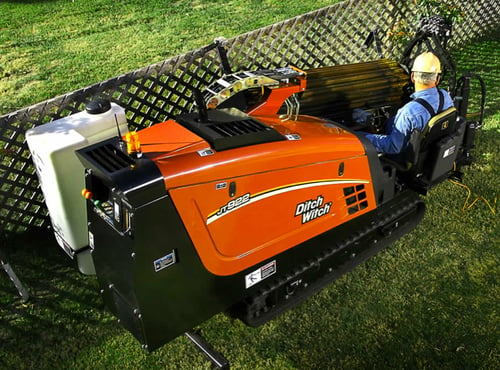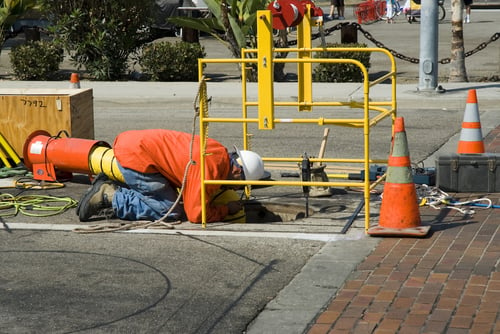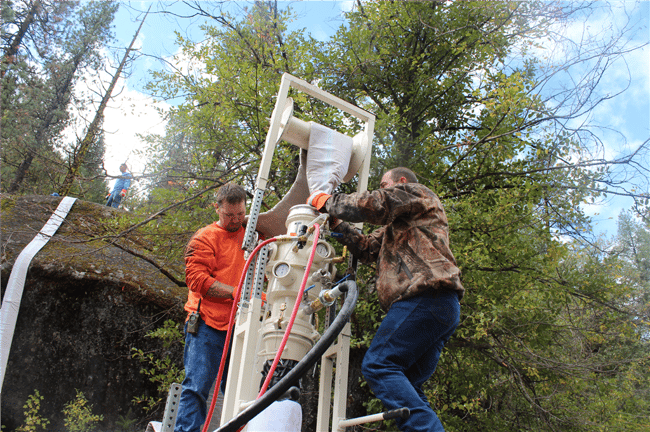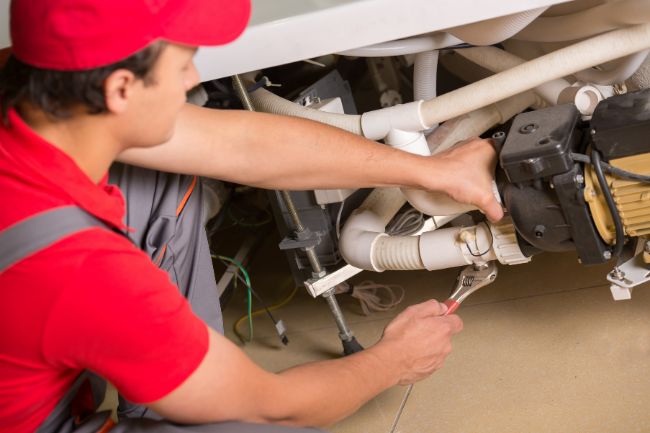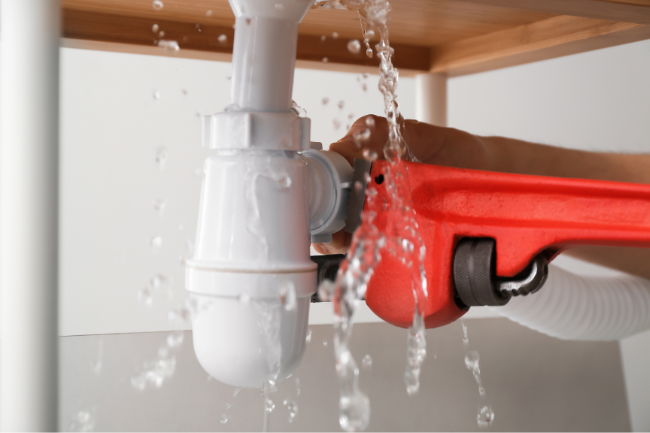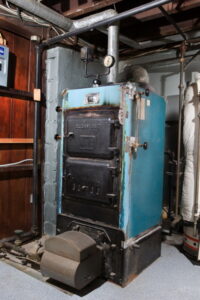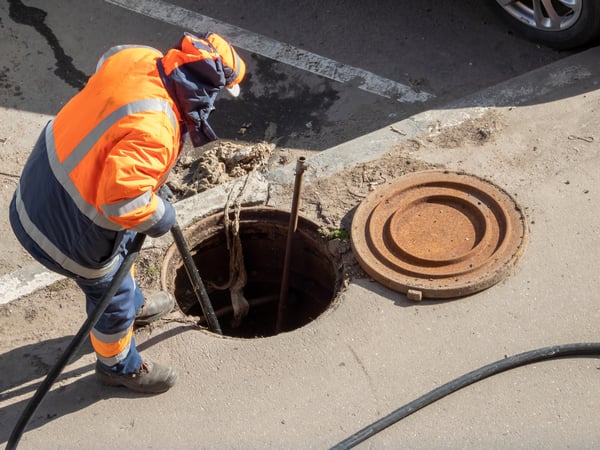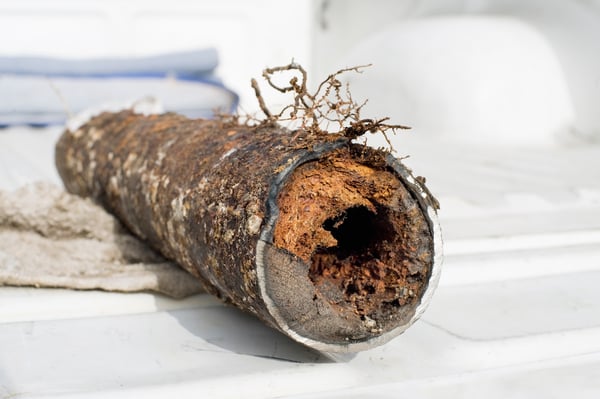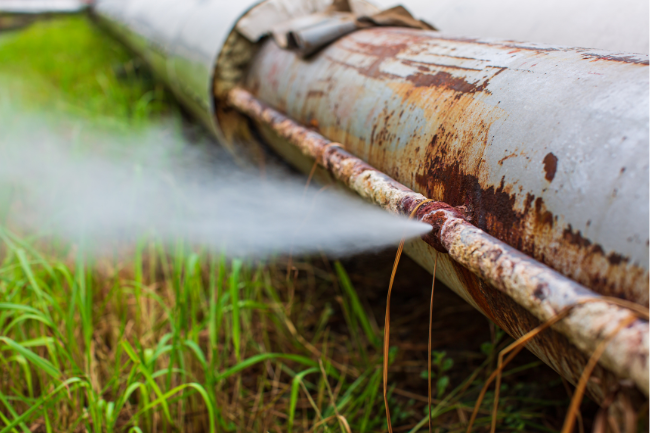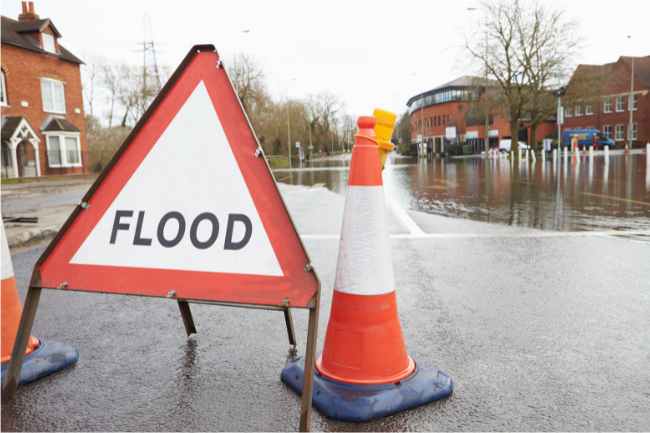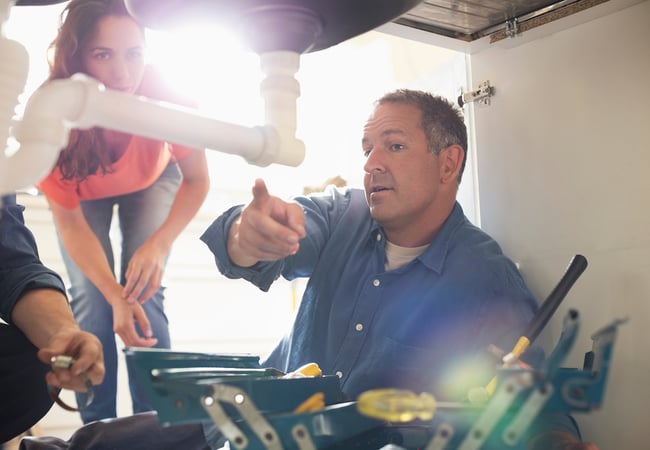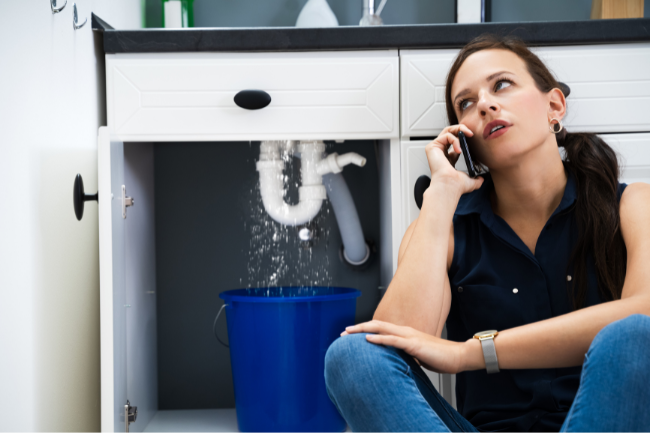
With our years of experience as professional plumbing specialists in the Sacramento area, we’ve seen it all; from your standard leaking faucet fixtures to full-blown plumbing disasters, we’ve been there. But did you know that a majority of plumbing problems are self-inflicted? And that most often, extensive plumbing repairs are the result of careless use and poor maintenance techniques?
In this blog post, we’ll go over nine of the most common mistakes we’ve seen people make with their own plumbing.
Avoid These 9 Plumbing Mistakes to Save Your Pipes
Taking care of your property’s plumbing system and managing your water consumption behaviors isn’t rocket science. However, you might be surprised by what fairly common, detrimental mistakes so many Sacramento homeowners and business owners make every day. These mistakes can build in severity over time, and snowball into major plumbing disasters if left unattended.
By knowing these mistakes, you can be better suited to avoid their consequences and keep your plumbing running properly.
Not Turning Off the Water
Although turning off the water should be the very first step in any plumbing project, it’s also an easy one to forget. Many “easy” DIY projects can turn into expensive disasters when water sprays from a loosened connection or pours freely after a fixture is removed.
Shutting off the water is far easier when you have time to find the appropriate valve, but once you have water flowing onto the floor or into the walls, every moment wasted looking for the shut-off valve can cause more damage to your plumbing.
It’s also important to remember that shutting off the water at the source doesn’t automatically clear existing water from the pipes. Make sure to drain the pipes by running the kitchen or bathroom faucets for a few seconds.
Ignoring Signs of Plumbing Failure
Easily, the worst thing you can do to your plumbing system stems from negligence; ignoring the warning signs of a pipe failure or other plumbing problems will only cause those problems to develop, and result in higher restorative costs later on. Common signs of a plumbing problem you should take immediate note of include persistent clogging, lawn indents, poor water pressure, and lawn moisture.
If you notice any of these signs, do not ignore them or forget about them! By acting fast, you can mitigate not only damage to your plumbing but the extent of later repairs. Very often, we see major plumbing damages as the result of negligent care; damages which are entirely avoidable with the right care and attention given.
Improper Use of Drains
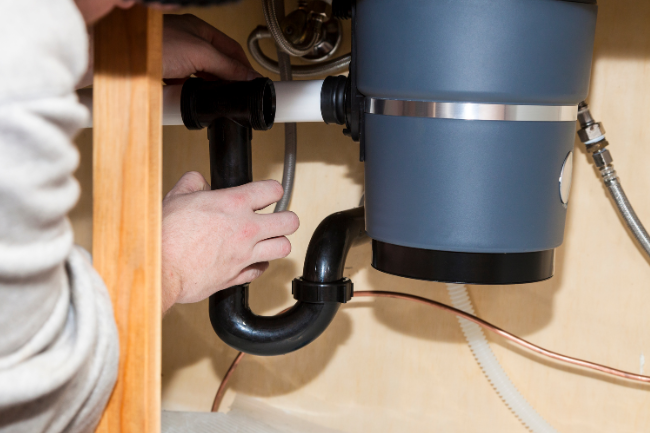
Another common plumbing mistake we see here in Sacramento concerns how property owners treat their drains, waste pipes, and garbage disposals. To put things simply, by disposing of trash, grease, and many food products, you contribute to drain clogging, buildup, and long-term damage.
Under no circumstances should you try to put the following items in your garbage disposal:
- Animal bones
- Silverware
- Plasticware
- Garbage
- Fat
- Cooking grease
- Oils
We recommend cleaning your garbage disposal on a semi-regular basis with ice cubes and running water, as these can free up problem-causing food debris. You should also run your disposal regularly, as rust can develop and accumulate if it’s left alone for too long a period.
Use Chemical Cleaners
Another common plumbing mistake is the gratuitous use of chemical cleaning products to dislodge drain clogs. These products, while an emergency solution for minor clogging and grime buildup, can actually harm your pipes after extensive use, as the chemical reactions that make these products work can eat away at inner pipe walls, and are even dangerous upon contact in some conditions.
Instead, we recommend less harmful remedy solutions, such as simple vinegar and baking soda solutions, or even a hot water flush. Chemical cleaners can be counterproductive when run through your plumbing systems; instead, opt for equally effective, much safer alternatives.
Rely Heavily on DIY Solutions
While seasoned DIYers can likely handle any minor plumbing problem with efficient ease, we often find average property owners taking on huge restoration efforts on their own to save money; while it’s possible to fix your own plumbing without any prior experience, it’s unlikely to turn out that well.
One of the worst things you can do to your plumbing is cause additional damage by getting in over your head with DIY measures. If you feel uncomfortable resolving a plumbing issue on your own, call a professional for assistance. Often, professional repairs can be done much quicker than DIY repairs, and as it turns out, much cheaper. When you attempt large-scale DIY plumbing repairs, they can actually increase their costs by using the wrong tools or taking apart the wrong pipe fixtures.
Mismatched Pipes
Modern plumbing utilizes a wide array of materials for piping. From galvanized steel to copper to brass to plastic and everything in between, sorting out what kind of pipe to use can be confusing for the aspiring do-it-yourselfer. Some of these pipes can be joined together using specialized connections, although this is very rarely ideal and always poses a leak risk. Others should not be mixed under any circumstances.
All too often, people decide to just “make it work” by cobbling together mismatched connections and filling the gaps with tape or silicone. Most plumbers have at least one or two horror stories about finding tangled, leaky pipes under a sink or finding makeshift connections that have failed somewhere behind the drywall. Unless you have absolutely no other option, it’s usually better to simply replace old pipes rather than trying to connect them to a different kind of pipe.
Over-Tightening Connections
Another common problem, this one is a bit counterintuitive. Most people know that plumbing connections need to be watertight. What they may not think about is how most connections already make a watertight seal, so they go about making the connection tighter to make it “more watertight.”
Oftentimes this can actually damage the fittings and break the rubber or plastic washers that create the seal in the first place. Too much tightening can also strip pipe threads or crack plastic fittings, rendering the connection useless.
While connections should always be snug, don’t try to force anything past that point. Even if over-tightening doesn’t cause damage, it can cause massive headaches for anyone who has to replace the fitting in the future. Trying to loosen an over-tightened connection can cause serious damage, sometimes snapping the pipe or wearing the fittings down to the point that the only way to remove them is to cut the pipe.
Skipping Maintenance Checks
Avoiding all of the above plumbing mistakes, however, cannot make up for general negligence; a vast majority of major plumbing problems can be entirely preventable with routine and annual pipe inspections. For starters, you can diagnose your own pipe and drain problems yourself, and check your plumbing performance before the need to call a professional ever arises by evaluating your water meter and water flow on a monthly basis.
However, that does not mean you should forget about professional inspections altogether. In fact, we suggest getting a specialist to look at your plumbing systems at least once per year, as their trained eyes can catch troubling signs earlier and far more accurately than the average person’s.
Not Seeking Professional Help
The above point, of course, leads us to one of the biggest plumbing mistakes you can make: Not getting professional help when it’s necessary. Yes, calling your local plumbing specialist and having an expert inspection and renovation will cost you money…but it will be cheaper than ignoring the problem, or trying doomed DIY repairs.
If you find yourself in over your head with pipe damages or failed DIY repairs, contact a professional. Not getting the help you need when you need it, or putting off calling an expert until later, are some of the worst mistakes you can make with issues in your plumbing. Don’t make these careless plumbing mistakes; take care of your drains and pipes, and call a professional when necessary.
To learn more about proper plumbing maintenance techniques, or if you think you may need a plumbing specialist’s help in restoring your pipes to their best performance, contact Express Sewer & Drain today.

This post first appeared on https://www.expresssewer.com
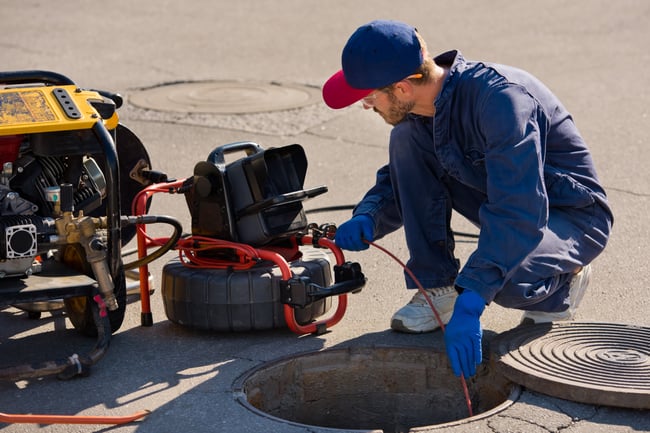
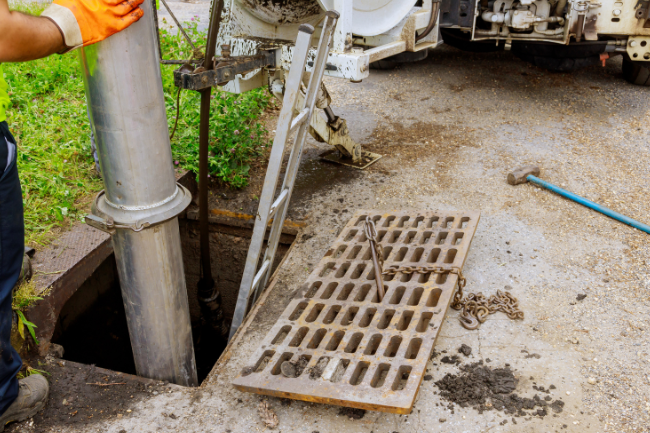
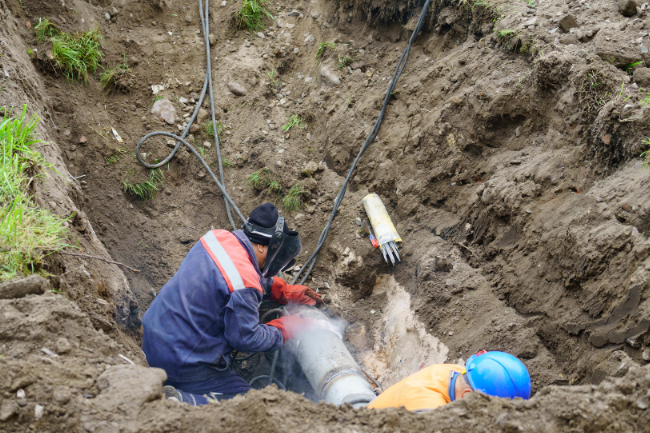


.png?width=500&height=333&name=municipal%20sectional%20point%20repair%20(1).png)
